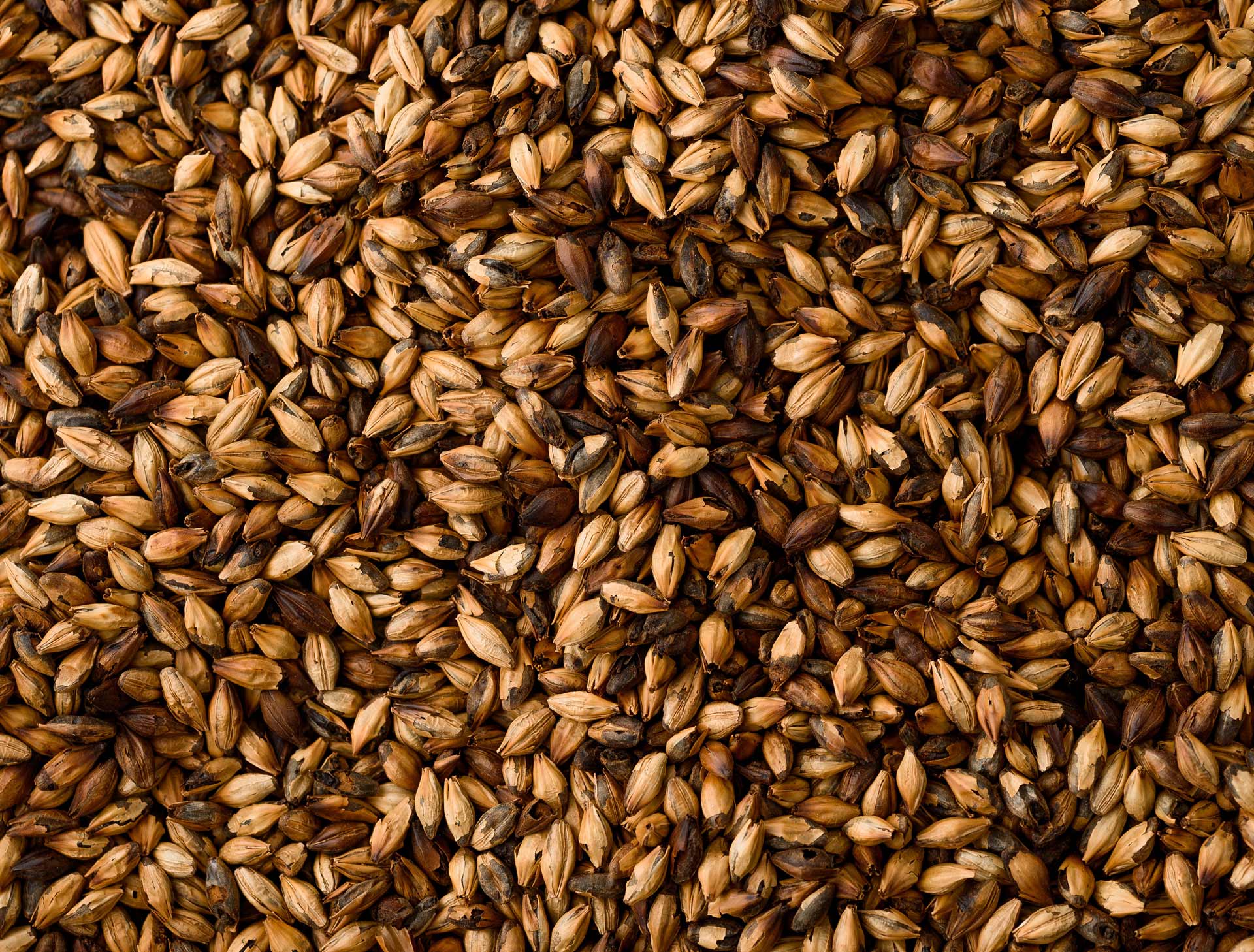
A researcher at Queen’s University Belfast has developed a method for converting waste barley found in breweries into a renewable fuel.
The technique involves turning leftover barley, which is an extremely common waste product in breweries, into activated carbon.
The material is ideal for heating homes, and can also be used for barbecues or as water filters.
It is created from barley using a low-cost method, with 1kg of the grain producing enough activated carbon to cover 100 football pitches.
The technique creates a significant opportunity for the brewing industry to improve its green credentials, as currently breweries in the EU throw away 3.4 million tons of unspent barley grain every year.
From breweries to fuel
The method has been developed by Dr Ahmed Osman from the School of Chemistry and Chemical Engineering at Queen’s University Belfast, and is designed to be simple and low-cost to carry out.
How well do you really know your competitors?
Access the most comprehensive Company Profiles on the market, powered by GlobalData. Save hours of research. Gain competitive edge.

Thank you!
Your download email will arrive shortly
Not ready to buy yet? Download a free sample
We are confident about the unique quality of our Company Profiles. However, we want you to make the most beneficial decision for your business, so we offer a free sample that you can download by submitting the below form
By GlobalData“There are only a few steps in our low cost and novel approach – drying the grain out and a two-stage chemical and heat treatment using phosphoric acid and then a potassium hydroxide wash, both of which are very low cost chemical solutions,” said Osman .
“This then leaves us with activated carbon and carbon nanotubes – high value materials which are very much in demand.”
The value of activated carbon
The resulting material created from breweries’ waste barley has significant benefits both as a fuel and beyond.
“Liquid forms of carbon are normally shipped to the UK from the Middle East, and solid biocarbon, in the form of wood pellets is shipped from the US and elsewhere. Using this new technique, we can utilise more locally produced resources, reduce emissions linked with the agriculture sector, and we are also creating a high-value product,” said Osman.
“Across the globe there is a real demand for carbon as it is used to create fuel for households, parts for water filters and charcoal for barbecues.
“If we are able to take something that would otherwise be a waste and turn it into a useful biofuel, it can only be a good thing for our planet. It could really help to solve global waste and energy problems.”
Osman is now exploring the commercialisation of the method, and will outline his research at an upcoming conference in Belfast, Engineering the Energy Transition, in February 2020.
Read more: Researchers engineer tobacco plants for biofuel creation







